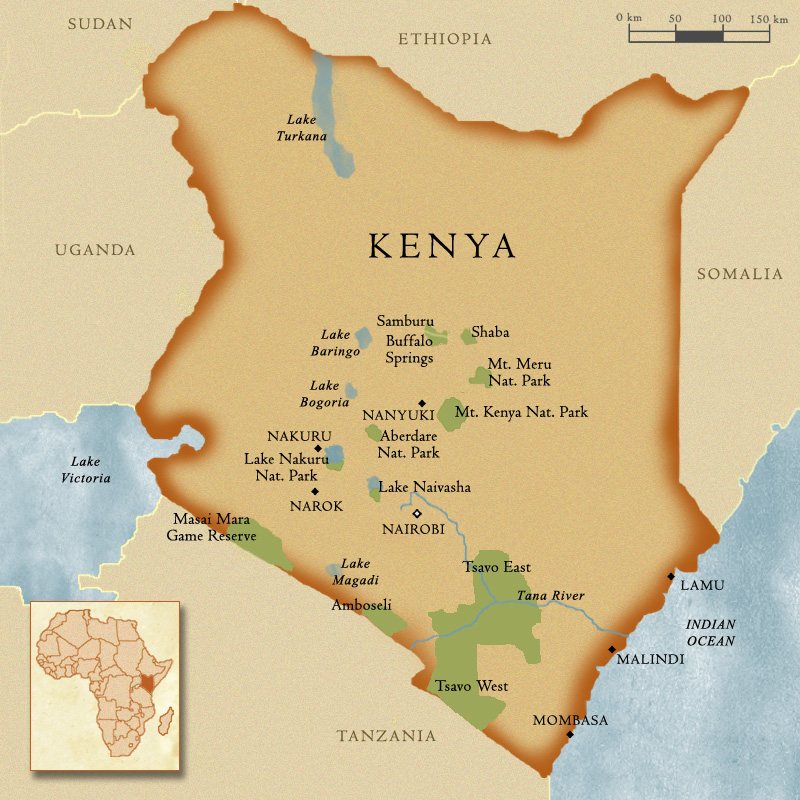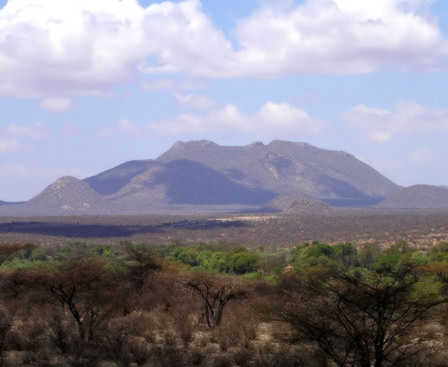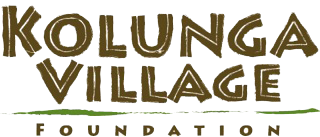Kenya Quick Facts
 Size: 224,081 square miles
Size: 224,081 square miles
Population: 41,070,934
Capital: Nairobi
Climate: Temperate, subtropical on coast
Economy: Agriculture, Tourism
Language: Swahili, English
Currency: Kenyan Shilling
Timezone: EST +7
Visa: Yes
Best Time to Visit: January February March June July August September October December
To view a current Kenya Itinerary - Click Here
To view the Migration Hunter Itinerary - Click Here
The Seasons:
Safaris in Kenya are good all year around except for April, May and November, when its raining quite hard and consistently. Some parks are still seasonal, even outside the rainy season, so read the descriptions below and then ask me any questions at all.
Kenya is really “The King” of safari destinations, and for good reason. Kenya’s weather patterns allows it to be a great safari destination virtually all year around, with the exceptions of April and May. Kenya offers the greatest wildlife experience, diversity and ease of accessibility.
A few examples for you:
- The world famous wildebeest migration pour into Kenya in late July/early August, and remains in the Maasai Mara until late October/November. Add to this the magnificent Maasai people and this, alone, makes Kenya well worth the trip.
- Northern Kenya is completely different than the open grasslands of the southwest. Instead, you’ll find a dry and sandy country of open acacia woodlands, isolated mountain ranges, and surprising rivers adding strips of green to this dry land.
This part of Kenya is far less touched, less traveled, but with our own aircraft getting there is easy. We can spend days in the wildlife parks of Samburu, Buffalo Springs, Kisima Hamsini, Kitich, and the Mathews. We’ll have to spend time with the people of this region as well; the Samburu, Rindelli, Boran, Gabra, and perhaps even go as far north as the incredible Omo Valley.
The Omo Valley is a world unto itself, and for those interested in true and unspoiled culture, this is a “must see” location. The Lower Omo Valley is completely cut off from the rest of the world, too far south to be accessible from Ethiopia and way to far north to be reached from Kenya. Even by plane it is too far away to charter there (because the charter plane has to return and then come back and collect you later). But we have our own plane and its always with us, so suddenly this amazing country is ours alone.
- Kenya has over four hundred miles of stunning Indian Ocean coastline. Most of this coastline is protected by a nearby barrier reef; making snorkeling and scuba diving readily available in the rich, clear, and warm waters.
The island of Lamu is now, justifiably, a World Heritage Site, and, again, because we have our turbine aircraft always with us, is less than two hours away. To go sailing at night in an ancient dhow, nibbling on fresh samosas and drinking mango juice while watching the stars above, as you idly drag a hand in the water to see the phosphorescence sparking off your finger tips—its just sublimely amazing.
Kenya has been involved with tourism for, literally, a hundred years. Over the decades it has developed a great variety of activities for people coming on safari.
Let me just give you a short list of possibilities to whet your appetite. In Kenya one can:
- Go on game drives forever.
- Go safely walking with wildlife for a few hours or for two weeks.
- Scuba diving and snorkeling is available up and down the whole coast of Kenya; and there are a number of National Marine Parks.
- Horseback safaris are a common activity, whether you go out for a morning’s walk, or prefer to be in the saddle for a whole safari.
- Kenya’s tribal peoples are, with no exception, friendly and incredibly welcoming. If you’d like to spend the night in a Maasai or Samburu Manyatta that can be easily arranged (even on the spur of the moment). If you would like to learn how to cook traditional foods, do beadwork, go out on Lake Victoria and handline with the local Luo fishermen, its all there waiting for you.
- Kenya is one of the world’s most well known birding destinations, with over 1,100 species of birds naturally occurring here. Whether you like it or not (at the first) you’re going to learn something about birdlife in Africa.
- Camel safaris are great fun and offer a vastly different approach to both viewing wildlife and moving through a country.
- Kenya is also a great “launch platform” from which to go and see both the mountain gorillas and the chimpanzees.
Samburu and Meru National Reserves
Samburu and Buffalo Springs reserves are good all year around and are easily driven as the parks are semi-desert and sandy or rocky.
 I use Samburu and Buffalo Springs for a number of reasons; These parks are a drastically different habitat type than the Maasai Mara or the Serengeti. This area is in the dry north of Kenya, and is open acacia woodland habitat. This country is great for a good number of specialty animals that you can’t see elsewhere, or are very hard to find elsewhere. Gerenuk, Grevy’s zebras, reticulated giraffe, and beisa oryx are all common here and can be impossible to find elsewhere (and don’t exist in the Mara or Serengeti, etc).
I use Samburu and Buffalo Springs for a number of reasons; These parks are a drastically different habitat type than the Maasai Mara or the Serengeti. This area is in the dry north of Kenya, and is open acacia woodland habitat. This country is great for a good number of specialty animals that you can’t see elsewhere, or are very hard to find elsewhere. Gerenuk, Grevy’s zebras, reticulated giraffe, and beisa oryx are all common here and can be impossible to find elsewhere (and don’t exist in the Mara or Serengeti, etc).
 Samburu and Meru are also great places to spend hours with both elephants and the always elusive leopard.
Samburu and Meru are also great places to spend hours with both elephants and the always elusive leopard.
One of the huge keys to seeing wildlife in these dry parks is that they are cut through by permanently flowing rivers. This precious water concentrates the wildlife wonderfully, thus making it readily available for us.
So, to be honest, we never have to spend hours and hours of “empty” driving to find wildlife. Its easy to find big herds of elephants, zebras and oryx. And the leopards and lions aren’t far behind.
 The soil in Samburu and Meru is also wonderful soil for tracking. The fine particle nature of the reddish sand holds, in great detail and for a long time, the signs of all animals that have passed through.
The soil in Samburu and Meru is also wonderful soil for tracking. The fine particle nature of the reddish sand holds, in great detail and for a long time, the signs of all animals that have passed through.
I am the only guide that has permission to walk right through the middle of this park, and its well worth spending some time, even thirty minutes or so, walking, studying and learning the animal tracks. You’re guaranteed to find it fascinating.
In Samburu and Meru I really prefer to be under canvas, 5-star canvas, but still under canvas. I also, for the reasons mentioned above, definitely prefer to be right on the river.
In Samburu I use Elephant Bedroom a great deal and it has never, ever disappointed me or my guests.
In Meru Naitonal Park I either put up a private luxury camp for my guests or use Elsa’s Kopje.
Lewa Downs
Lewa Downs is 65,000 acres of amazing wildlife country and is privately owned and run. I’ve been using Lewa, on virtually a monthly basis, since l986, and still love going there. And its phenomenal all year around!
I suppose there are four main things that attract me to Lewa Downs time after time; 1) Lewa Downs is the largest rhino reserve in the world right now, with over one hundred and fifteen rhinos, of both African species.
Lewa has a tremendous diversity of habitat, from high rolling hills that reach over 7,000 feet, to large swamps and rivers, to big tracts of cedar foreset, as well as woodlands of acacias. Large natural springs dot Lewa, and are wildlife “hot spots” as well. So, all in all, this diversity of habitat naturally makes for a huge diversity of wildlife.
The “Big Five” are fairly common on Lewa (rhino, elephant, buffalo, leopard and lion), and I have, on any number of occasions, seen all five during the course of one game drive. On one spectacular afternoon we were sitting along a river edge, watching a leopard and cub being taunted by three lions, and, surrounding us, were elephants and buffalo and then four white rhinos lumbered past. We saw The Big Five TOGETHER!
The grasslands are the richest mammal habitat in Africa and Lewa is predominantly grassland. Herds of gazelle, eland, waterbuck, impala, reticulated giraffe are constantly roaming across the plains. And fully 20% of the world’s population of Grevy’s zebra are on Lewa as well. Add to that herds of elephants and all the predators and it becomes easy to see why Lewa offers such terrific wildlife viewing.
Lewa Downs is a private wildlife refuge. Because Lewa is private land we have complete freedom here, a valuable commodity in a wildlife-rich area. We are free to get out of the vehicle and examine a carcass, study a track, have a glass of wine on a hill and watch the sun go down, have breakfast on the edge of vast plain, in the shade of an umbrella acacia, walk, horseback ride, stay out till midnight, go for night game drives, stalk rhinos on foot, or just walk home from a game drive instead of staying confined in the vehicle.
Lewa is “handcrafted”. Virtually everything on Lewa is hand made. The cottages where you’ll be staying (called Wilderness Trails) are individual, unique, handmade, and different from one another. Even the furniture and carpets in the rooms are hand made right on Lewa.
The dining table is further proof of this uniqueness and attention to detail. All the vegetables on that table are grown right on Lewa, as are the meats, the cheeses, butter, milk, hot sauces, jams, bread, pastries(best cinnamon rolls in the whole world), and so forth. The South African wines are the only foreigners on the table.
The Maasai Mara
Everyone has that classic image of “Africa”, one of wide open plains cut by bands of trees along a river, a distant high rocky hill or mountain, vast herds wandering aimlessly while predators watch over it all. This is, quite accurately, what the Maasai Mara truly is. King of the plains
The Mara has the space to hold all of this as its almost two thousands square miles of wildlife land. It is to the Mara that the wildebeest return each year; almost one and a half million of them come each July/August, and stay until late October or November.
Alongside the wildebeest are marching over half a million zebra and just under a quarter of a million Thomson’s gazelle. And that is only three species! That is testament to how rich this grassland is.
Herds of four or five hundred buffalo are common, and unending clusters of impala, topi, waterbuck, Maasai giraffe and elephants dot these never-ending plains.
Hot Air Balloon Safari in the MaraA must do while in the Maasai Mara is a Hot Air Balloon ride over the Mara River and Plains. You will not regret this incredible experience and it is truly a once in a lifetime opportunity. "Seeing the lands and animals from above is something hard to explain" says Mark Gerling, owner of Gerling Safaris. The day begins early no question as yiu must be in the balloon and ready to take off before the sun beigns to rise.
Floating over the beautiful Mara RiverAfter the one hour ride you will be wisked away by waiting vehicles and taken to a lovely bush breakfast where everyone can share in the joy and serenity that was just experienced from the ride. For more details about reserving your balloon ride on your safari contact us or mention in your safari builder on the home page.
Bush breakfast in style


